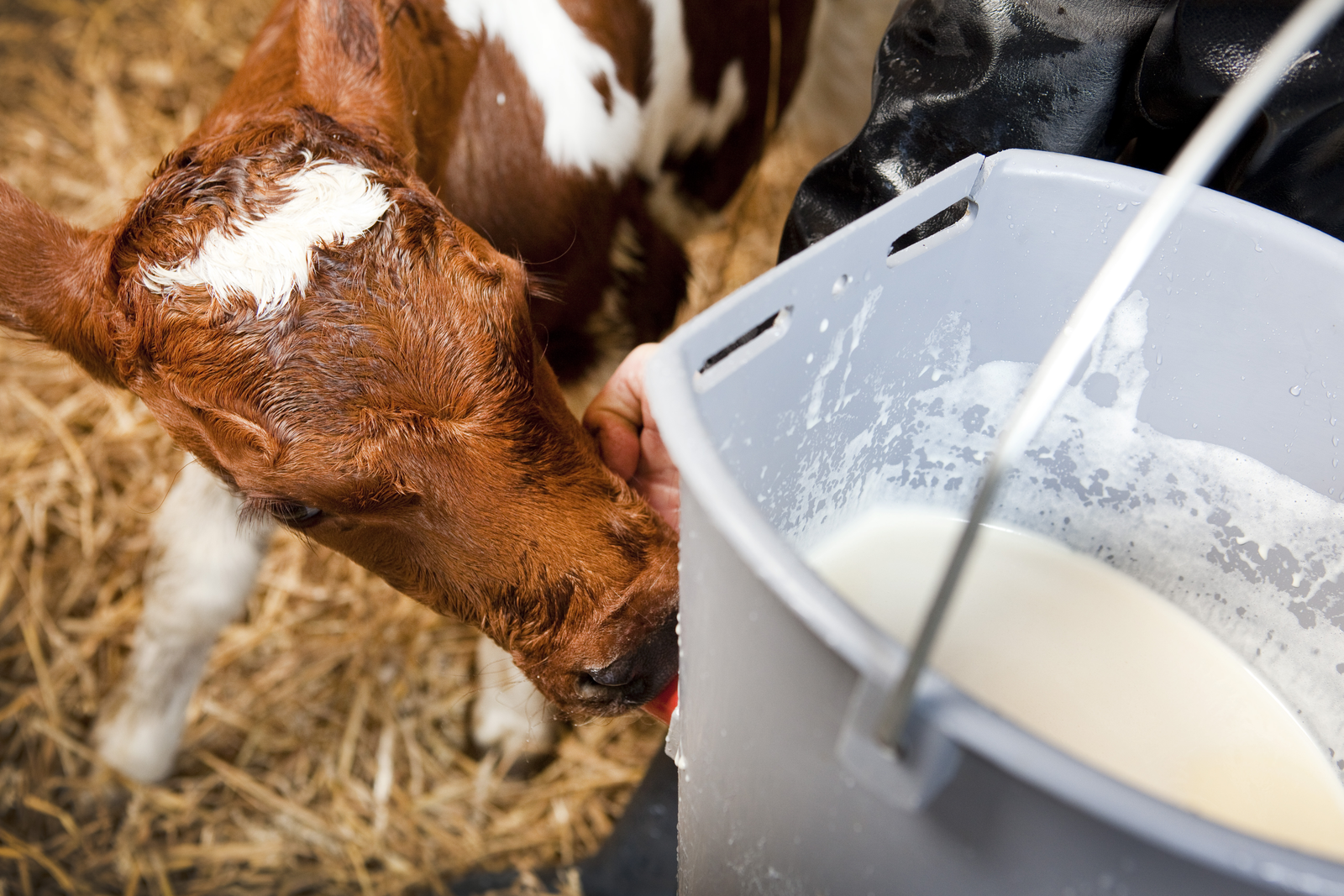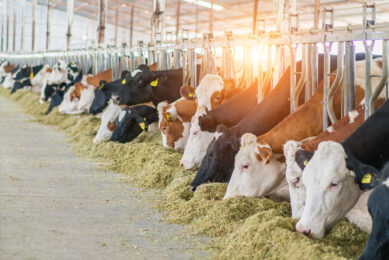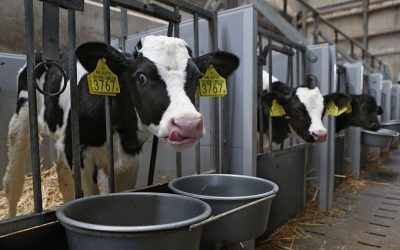Bacteria counts too high in colostrum

About 77 percent of refrigerated colostrum contains such a high bacteria count, that it can make the calves sick. This is stated by Attica Veterinary Associates who based this conclusion on research done in the United States.
When colostrum contains more than 100,000cfu/ml it can make the calves sick. Cfu stands for colony forming units. The researchers found that only 23 percent of the refrigerated colostrum samples had a bacteria count lower than this. Of the fresh samples, 67 percent stayed under 100,000cfu/ml.
It is therefore concluded that the bacteria are grown during the storage of the colostrum. When bacteria are introduced into colostrum they do not begin to grow immediately. A short period of time, bacteriologist’s call this the “lag phase,” is needed for the bacteria to modify their new environment in order to reproduce. This means that bacteria in freshly milked colostrum, with almost the same temperature as the cow body temperature, double in 20 minutes. At 15 degrees Celsius this doubling or generation time is about 2,5 hours. At the setting of most refrigerators (4.5 degrees Celsius) generation time is over 24 hours.
Thus, if colostrum is fed roughly within one-half hour after it is collected the bacteria will not yet have had time to replicate. Colostrum that is not fed directly needs to be refrigerated as quickly as possible. One choice is to put the colostrum bottle/container (around 2 litre bottles) in an ice water bath. The temperature of the colostrum will then drop to 15 degrees Celsius within half an hour. The bottle can then be stored further in the fridge.











